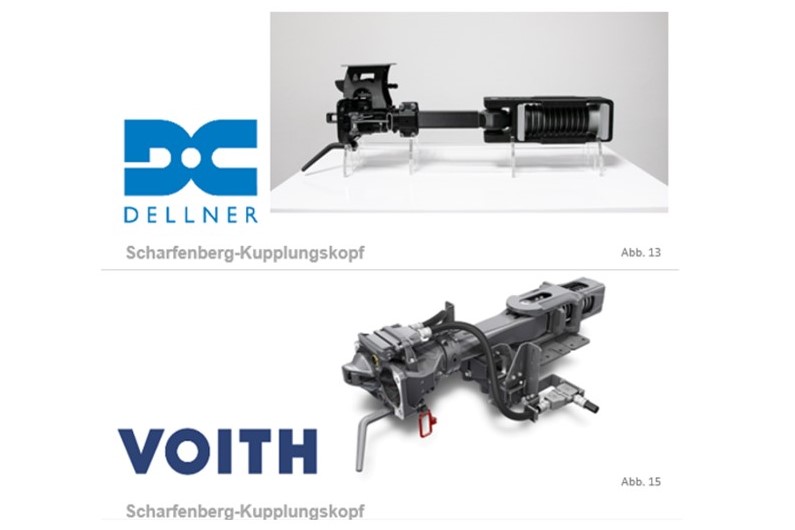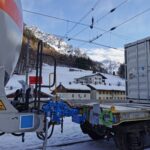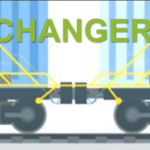Scharfenberg design to win the race
On 21 September 2021, the EDDP Supervisory Board made its choice of the future Europe-wide standard designs of the digital automatic coupler (DAC) for European rail freight. With this, the body has taken a big step after an intensive test phase of almost one year. In the coming phases, the definitive design of the selected coupler head will be developed. This will enable interoperability and operational efficiency without licence fees.
What has happened so far
In a detailed test phase, the European consortium Digital Automatic Coupling for Europe (DAC4EU) had four prototypes of the DAC tested according to a clear procedure and catalogue of criteria. Two Scharfenberg designs and one Schwab design from the development laboratories of Dellner Couplers AB, Voith GmbH & Co. KGaA and Wabtec Corporation ended up as prototypes in the EDDP. This is funded by the European funding programme Shift2Rail (S2R). First, the EDDP defined a catalogue of criteria for the selection process. Around 100 EDDP experts from 36 companies with a strong rail connection took part in the evaluation across Europe. In summer 2021, they examined the results from the two test designs DAC4EU and Trafikverket/Swedish Winter Tests for each model. The Scharfenberg design finally emerged as the winner from the test phase.
Next steps
In the next stage, the manufacturers will present solutions that meet further requirements. In addition, they will determine the life cycle costs and show the further procedure on the way to series production. The so-called DAC demonstrator train will be on display in Germany, Austria and Switzerland in the coming months. Here, further operational tests with the new DAC clutch design will take place on site. The results of these will flow into the further development phases.
Improved railway competitiveness
If the DAC is successfully introduced, it will strengthen the competitiveness of European and Swiss rail freight transport. With the help of new technologies, it will increase the efficiency, capacity utilisation and quality of the freight railways. In this way, it favours the modal shift to rail and becomes central to the ambitious climate goals of Europe and Switzerland.
The DAC makes the much-cited digitalisation and automation of the European rail system a reality. In doing so, it is helping to increase the share of rail freight transport within the framework of multimodal systems in Europe. Thanks to its power and data bus line throughout the train, the DAC not only optimises the coupling process, but also other processes of operation and maintenance. In particular, it allows train integrity checks, which are considered a prerequisite for the introduction of the next generation of the European Train Control System (ETCS Level 3).
DAC4EU
Members of the DAC4EU consortium are Deutsche Bahn and its subsidiary DB Cargo, the Swiss and Austrian freight railways SBB Cargo and Rail Cargo Austria as well as the wagon keepers Ermewa, GATX Rail Europe and VTG. The research project is funded by the German Federal Ministry of Transport and Digital Infrastructure (BMVI) with around 13 million euros and has been running since June 2020 until December 2022. The consortium’s goal is for trains to be equipped with DAC throughout Europe by 2030. In this way, the new technology can contribute to rail freight transport in Europe becoming the core of the future mobility system.
S2R JU
The Shift2Rail Joint Undertaking (S2R JU) is the first European rail initiative to promote targeted research, innovation and market-oriented solutions for rail systems of the future in passenger and freight transport. In doing so, it aims to promote smart and sustainable growth and a climate-neutral Europe. In doing so, it targets the life-cycle costs and efficiency of rail systems. Through demonstration activities and the dissemination of relevant results for market deployment, S2R JU aims to promote the competitiveness of the European rail industry while creating a multiplier effect for European Union (EU) financial resources. S2R JU is funded by the EU’s Horizon 2020 programme.



